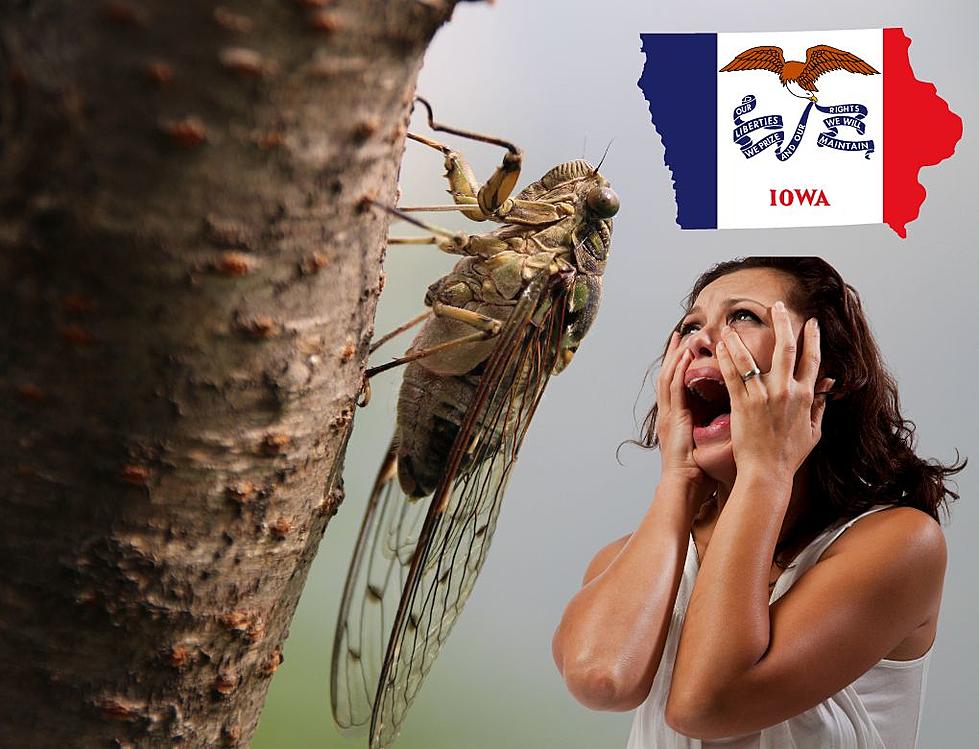
Aphids and Nematodes Working Together Against Soybean Crops
DTN reports a new study through Iowa State University has discovered soybean aphids are working with soybean cyst nematodes to weaken the effectiveness of some SCN-resistant soybean varieties. The study used a greenhouse experiment to monitor nematode reproduction on both SCN-resistant and SCN-susceptible soybean varieties. Researchers found when the SCN-resistant variety was infested with low to moderate aphid and nematode populations - 33-percent more female nematodes and eggs were produced on the plant’s roots compared to aphid-less plants. One of the study’s authors - Greg Tylka - says it’s all connected from the top of the plant to the bottom of its roots. He says increased nematode reproduction disappears when aphid or nematode populations are very high because the plant is too overwhelmed to be a good host to either pest. But growers are more likely to have fields with low to moderate populations - Tylka says.
The nematode-aphid interaction has a two-prong negative effect - according to Tylka. It will hurt the plant that year in terms of yield and also allow nematode numbers to build up more than growers would like - which creates a problem in future years. Of all the resistant varieties - Tylka says 98-percent have the exact same type of resistance - which is what the nematode is building up on. He says more research will be needed before the answer is found as to why aphid feeding increases nematode reproduction - but for now - he suggests soybean growers take the time to manage their fields for nematodes and aphids.
More From AM 950 KOEL
![John Deere’s Biggest Tractor Will Be Built In Waterloo [PHOTOS]](http://townsquare.media/site/726/files/2024/02/attachment-Waterloo-Tractor-1.jpg?w=980&q=75)
![Eastern Iowa FFA Chapter’s ‘Tractor’ Video Goes Viral [WATCH]](http://townsquare.media/site/675/files/2024/02/attachment-tractors.jpg?w=980&q=75)




![Game-Changer Alert: ISU’s Viral Pork Campaign Just Got Even Better [WATCH]](http://townsquare.media/site/726/files/2023/11/attachment-cook-moore-hamman.jpg?w=980&q=75)


